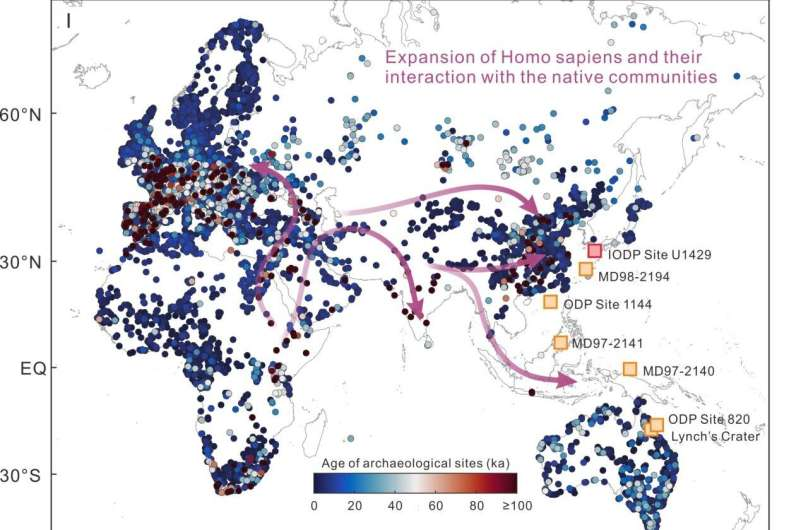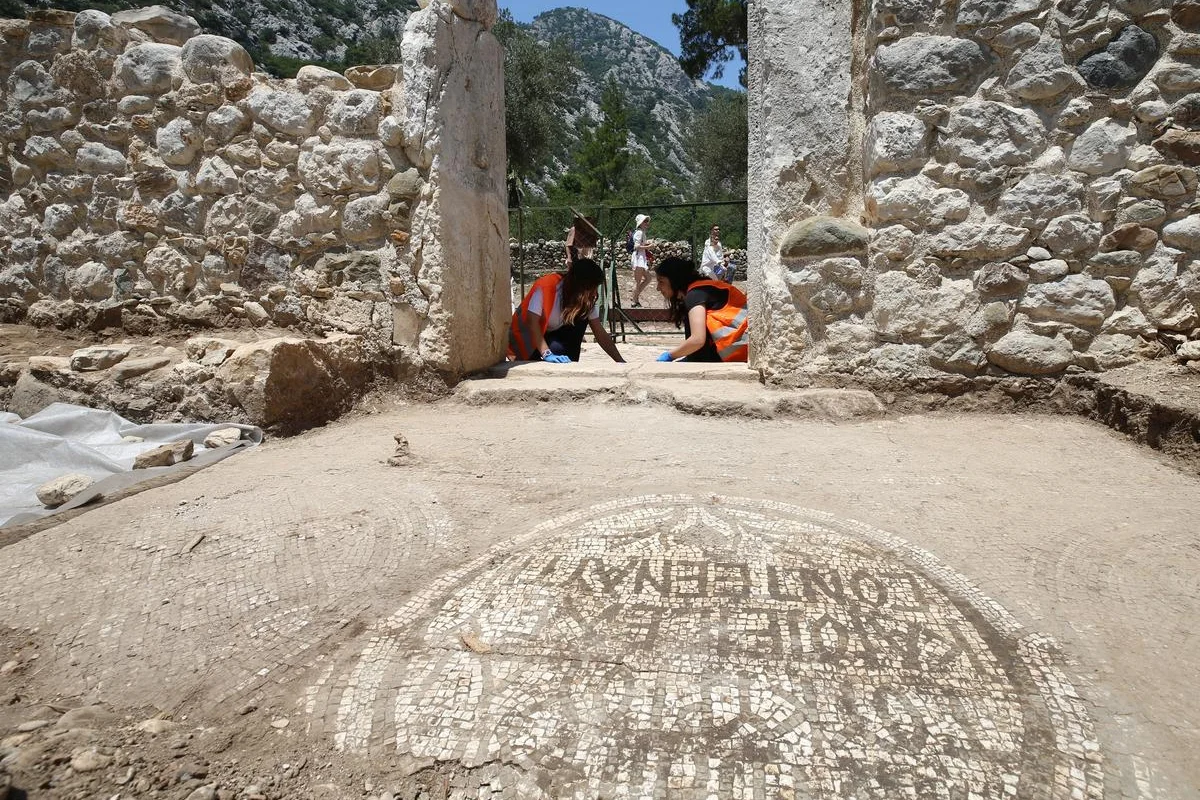Mummification is one of the most fascinating and enduring practices of the ancient world, particularly in ancient Egypt. This intricate process, which involved preserving the body for the afterlife, reflects not only the Egyptians' advanced understanding of biology but also their profound religious beliefs. Over time, mummification was adopted by various cultures, each with its own variations and purposes. Let’s explore the methods, significance, and cultural variations of this ancient art form.
The Mummification Process in Ancient Egypt
In ancient Egypt, mummification was a meticulous and highly developed process designed to preserve the body for the soul's journey into the afterlife. It was believed that the body needed to remain intact for the deceased’s ka (spirit) to recognize it and return to it, ensuring a continued existence in the afterlife.
Step 1: Removal of Internal Organs
The mummification process began with the removal of internal organs, as these were the first to decompose. The stomach, lungs, liver, and intestines were carefully extracted and preserved in jars known as canopic jars. Each jar was associated with one of the four sons of Horus, and the organs inside were protected for the afterlife.
Step 2: Desiccation
Next, the body was dehydrated using natron, a naturally occurring salt. The corpse was covered in natron for around 40 days to absorb moisture. This step was crucial to preventing decay and preserving the body for thousands of years.
Step 3: Wrapping the Body
After dehydration, the body was carefully wrapped in linen bandages. The embalmers often placed amulets and other protective items between layers of linen to safeguard the deceased’s spirit. This wrapping was done with great precision, often involving elaborate ceremonies and prayers. Once fully wrapped, the body was ready for burial.
Step 4: Final Preparation
The final phase of mummification involved placing the body in a sarcophagus—a stone or wooden coffin decorated with inscriptions and images meant to aid the deceased in their journey. This step marked the transition of the deceased from the realm of the living to the afterlife, where they would face judgment by the gods.
Religious Significance of Mummification
The practice of mummification was deeply tied to Egyptian religion, particularly their beliefs about the afterlife. The Egyptians viewed death not as the end but as a transition into a new form of existence. The process was centered around the idea of eternal life, which was only possible if the body was properly preserved.
The Book of the Dead, a funerary text, often accompanied the deceased on their journey. It contained spells and prayers to protect the deceased from dangers and ensure a successful passage to the afterlife. The Egyptians also believed that the soul was composed of several parts, including the ba (personality), the ka (spirit), and the akh (immortal aspect). Mummification allowed these parts to reunite, ensuring the individual’s eternal life.
The most famous Egyptian mummies belong to the pharaohs, who were believed to be gods on Earth. As such, their mummification was an even more elaborate and sacred process, with great care taken to preserve their bodies for the gods to recognize. Tombs, often filled with treasures and offerings, were designed to support the deceased's needs in the afterlife.
Mummification in Other Cultures
While ancient Egypt is the most famous for mummification, the practice was not unique to this civilization. Various other cultures around the world also practiced forms of body preservation, often for religious or spiritual reasons.
Peru (Inca Civilization)
The Inca civilization in South America also engaged in mummification, though their methods differed from the Egyptians. The Incas primarily mummified their rulers and high-ranking individuals, often placing the mummified bodies in high-altitude tombs. The Inca mummies were not wrapped in linen but were placed in seated positions and bundled with textiles.
China (The Han Dynasty)
In ancient China, during the Han Dynasty, mummification was practiced on some royal and noble individuals. These mummies were often preserved using a combination of drying techniques and the application of herbs and oils. However, the practice in China was not as widespread as in Egypt, and the bodies were often placed in elaborate tombs.
Bog Bodies (Northern Europe)
In Northern Europe, especially in areas like Denmark, Germany, and the British Isles, the discovery of bog bodies—human remains preserved in peat bogs—offers another example of natural mummification. These bodies, often from the Iron Age, were preserved through the unique properties of the bogs, which slowed down decomposition. While not an intentional practice of mummification, the preservation of these bodies offers valuable insights into the lives and customs of ancient European peoples.
Africa (Various Tribes)
In some African tribes, mummification practices were also seen, often related to the preservation of ancestors or important leaders. For instance, some African groups, like the Koma people of Ghana, embalmed their deceased in a ritualistic manner to honor their role within the community. However, these practices were often less elaborate than those in Egypt.
Conclusion
Mummification was much more than a method of body preservation; it was a deeply religious practice with profound spiritual significance. In ancient Egypt, it was believed that the soul could not achieve eternal life unless the body was carefully preserved, a belief that motivated the Egyptians to develop the elaborate mummification techniques that have fascinated historians for centuries. Though Egypt remains the epicenter of mummification, various cultures around the world have practiced their own methods of body preservation, often with similar spiritual motives. Today, these mummies continue to offer insights into ancient cultures and their views on life, death, and the afterlife.







